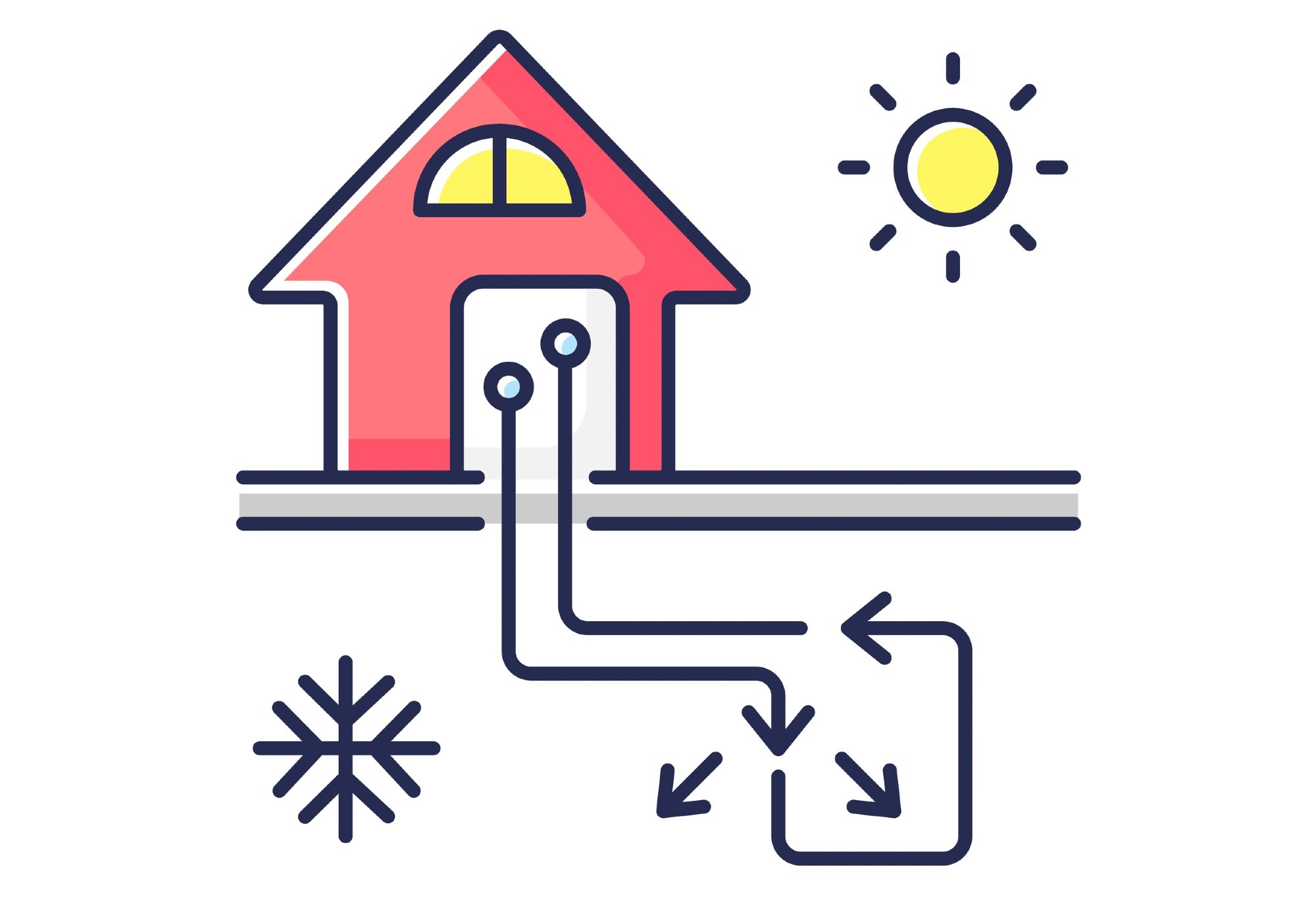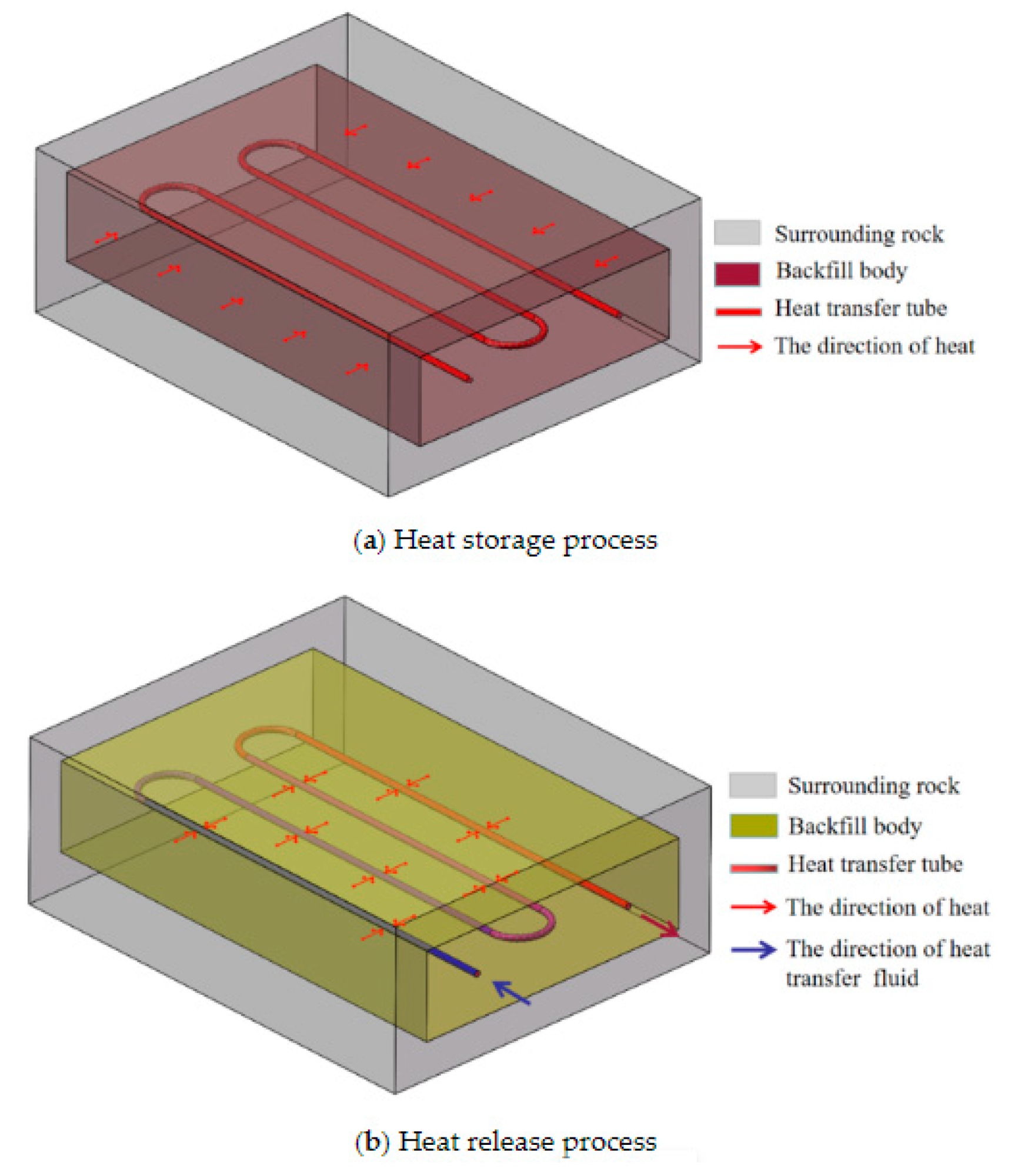Geothermal energy has received significant attention as a renewable energy source. Now, a new paper published in the journal Energies authored by scientists from the University of Naples Federico II has reviewed the current body of research to ask how this abundant natural energy resource can be better exploited.

Study: Geothermal Source Exploitation for Energy Saving and Environmental Energy Production. Image Credit: bsd studio/Shutterstock.com
The Growth of Geothermal Energy
Geothermal energy exploits the abundant natural heat within the Earth, which makes it an economically and environmentally attractive alternative energy source that can meet the growing demands of the 21st century. Geothermal systems are already a mature technology, used in nations like Iceland to power homes and commercial buildings.
The main advantage of geothermal systems over other forms of renewable energy generation and storage technologies is their non-intermittent nature. As well as energy generation and storage, geothermal systems can be used to provide heat to buildings at a fraction of the cost of conventional fossil fuels. Furthermore, integrating geothermal technologies can improve the energy efficiency of current systems.
Geothermal energy produces significantly less CO2 than conventional fossil fuel-based power generation. One recent study by Calise et al. highlighted the implementation of geothermal systems in fifth-generation systems for district heating and cooling in a neighborhood in Madrid. The system met the energy demands of fifty buildings, reducing primary energy demand by around 64% and emitting 76% less carbon dioxide.
![Designed location of the slinky ground source heat exchangers (GHEXs) with respect to the building [10].](https://www.azom.com/images/news/ImageForNews_59923_16623709467877745.png)
Designed location of the slinky ground source heat exchangers (GHEXs) with respect to the building. Image Credit: Vicidomini, M & D’Agostino, D, Energies
Passive Geothermal Systems
Geothermal energy is increasingly being exploited in passive systems to provide heating and cooling for domestic and commercial buildings and energy savings. These systems use buried pipes to passively pump heat from the ground to the building and exchange heat between the ground and a fluid such as air. The common term for these systems is earth-to-air heat exchangers.
Studies have focused on this passive exploitation of ground heat to provide energy-efficient solutions for buildings. Suitable for a wide range of climactic conditions, they can be used as standalone systems or integrated into all-air conditioning systems, reducing the need for external power sources. One study has indicated that earth-to-air heat exchangers can reduce energy consumption by up to 60%.
As well as active and passive geothermal systems, research has focused on the development of hybrid systems which use geothermal and solar energy. These systems are used in trigeneration plants to provide electricity, space heating and cooling, and domestic hot water.
The Paper
The new study in Energies has evaluated current state-of-the-art research on geothermal energy systems to provide important perspectives in this field of renewable energy research. Seven papers were selected for the review.
The papers selected in the review cover a variety of research angles in the field of geothermal energy. These research angles include the use of geothermal energy in building retrofits, the use of shallow and deep geothermal sources, software tools, numerical modeling, and specific aspects of geothermal energy systems. Additionally, the review highlights research on geothermal stress phenomena.
Some Current Research Perspectives
A study by Piselli et al highlighted in the review has demonstrated the development of a low enthalpy retrofitted geothermal energy system for a historic building complex in central Italy. The system uses a geothermal heat exchanger in tandem with a coupled absorption heat pump. The heat exchanger developed is a horizontal system, which overcomes the thermal and geological issues experienced by vertical systems.
Pajak et al. have reviewed geological and hydrogeological data from shallow aquifers in Poland. The study has evaluated the efficacy of utilizing these shallow geothermal resources for existing and new district heating networks.
Geothermal energy recovered from the areas studied in the paper could provide around 4 PJ of geothermal energy which can meet the heat requirements of several local cities. Challenges identified by the study include public awareness and education, local and governmental regulation and funding, and multi-level efficient and comprehensive energy management.
Another study has utilized thermal filling accumulations which use phase change materials that can help improve the exploitation of geothermal energy from deep mineral resources. The research quantifies the optimized phase change material filling content, providing a route toward deep resource heat exchange with superior efficiency and heat exchange and release characteristics.

The working process of the phase-change heat storage backfill body. Image Credit: Vicidomini, M & D’Agostino, D, Energies
Challenges
Despite the economic and environmental benefits of geothermal systems, whether they are active, passive, or hybrid, there are still challenges with the technology that need to be overcome in order to ensure their industrial scale and society-wide use.
Firstly, the installation costs and space demands for large-scale installations are high, which can cause reluctance on behalf of individuals and companies wishing to employ them in domestic and commercial buildings. Furthermore, there are technical issues associated with thermal and geological risks. For instance, due to loading and unloading phases, thermal instability can occur in high-depth probes.
Geothermal stress phenomena can occur due to the perforations needed for geothermal probes. Speed and volume of heat pumping can increase closing stress. Studies have indicated the fundamental role of natural fractures on closure stress. Accurate assessment of boundary conditions responsible for geothermal stress phenomena is vital for overcoming potential issues during installation and operation.
However, whilst several challenges still exist, the field of geothermal energy provides significant opportunities for addressing the problems caused by climate change and meeting the energy demands of large sections of the global population. By providing a timely review of some important papers in the current body of literature, the paper provides a vital knowledge base for future researchers.
Further Reading
Vicidomini, M & D’Agostino, D (2022) Geothermal Source Exploitation for Energy Saving and Environmental Energy Production. Energies, 15(17), p. 6420 [online] mdpi.com. Available at: https://www.mdpi.com/1996-1073/15/17/6420
Disclaimer: The views expressed here are those of the author expressed in their private capacity and do not necessarily represent the views of AZoM.com Limited T/A AZoNetwork the owner and operator of this website. This disclaimer forms part of the Terms and conditions of use of this website.